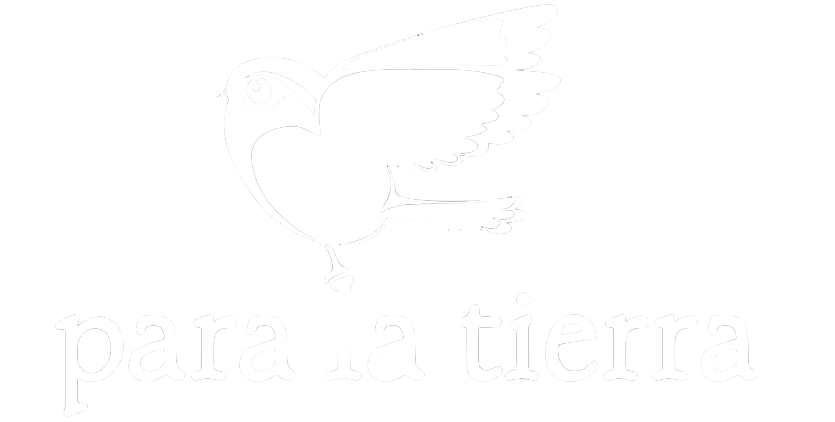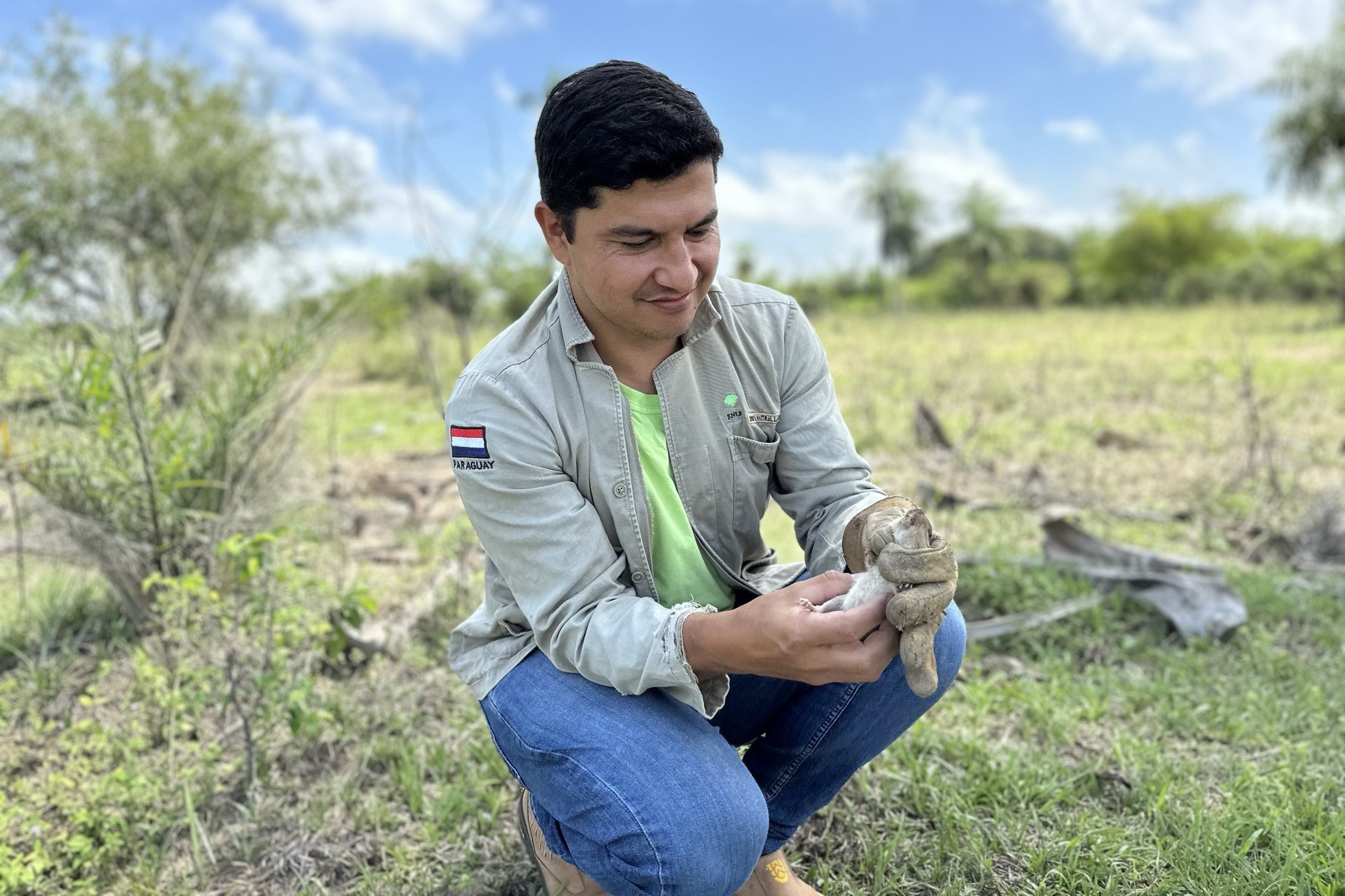Our research station is based in Pilar, heart of the Ñeembucú Wetlands complex. The Neembucú Wetland is the largest wetland in Paraguay and the second largest in South America. Located at the confluence of the Río Paraguay and the Río Paraná, it’s a natural gathering place for all the flora and fauna associated with these rivers. A unique ecosystem has formed, that’s home to several micro-endemic species found only in this area of the world.
Ñeembucú is sparsely populated, with a vast majority of the population living in the department’s capital, Pilar. The landscape is dominated by low-lying grasslands and seasonal wetlands, interspersed with gallery forests. Most of the department still features extensive pastures, where cows, horses and sheep roam freely through ponds and forests.
However, in recent years, the growing population and increasing demand for agricultural products have led to loss and degradation of the wetlands.
Our objective is for the wetlands to be placed onto the list of Wetlands of International Importance or the RAMSAR list to protect this unique habitat before it’s gone.
Our wetland projects have received funding from the Lush Charity Pot.
Para La Tierra is currently the only year-round scientific research station in Paraguay. Since 2017, we have been studying the species inhabiting the Ñeembucú wetlands, tirelessly working towards their first inventory.
With the help of our interns, we have already discovered 100 new faunal records for the area and are frequently publishing our studies in peer-reviewed publications.
Pilar Tuco-Tuco (Ctenomys Pilarensis) project
The Pilar Tuco-tuco (Ctenomys pilarensis) is endemic to the department of Ñeembucú, and only present in very few isolated populations. It is assessed as endangered by the IUCN Red List because of its low population numbers, the conversion of its habitat to agriculture and its treatment as an agricultural pest.
Virtually no scientific research has been published on the Pilar Tuco-tuco so far, and we are eager to learn more about the ecology and behaviour of this threatened rodent.
Our research and conservation projects are led by Jorge Ayala. These projects include:
Research on the social structure and burrow use of the Pilar Tuco-tuco using a capture-mark-recapture method
Educational presentations in the community about the importance of the Pilar Tuco-tuco which lives in their gardens and fields
Advocacy for the protection of ‘Yegros Paso’, a grassland on the outskirts of the city, which is home to one of the few Tuco-tuco populations. This project is supported by the Municipality of Pilar.
Jorge has received funding from Alongside Wildlife Foundation to help inform a comprehensive conservation plan.
Black-and-gold howler monkey (Alouatta caraya) project
The arboreal black-and-gold howler monkey (Alouatta caraya) is widespread through central to southern South America. A large population of black-and-gold howler monkeys call the gallery forests of Ñeembucú their home, with around 15 groups even living in the city gardens of Pilar.
Though the monkeys are considered a highly adaptable species due to their florivorous diet, urbanisation is taking its toll on them. Their population is estimated to decline by a third by 2040 because of continued habitat loss and their susceptibility to disease outbreaks such as yellow fever. The black-and-gold howler monkeys are therefore assessed as near threatened by the IUCN Red List.
With urbanisation growing and more monkey groups being forced to move into the city, it is increasingly important to understand how the black-and-gold howler monkeys can co-exist in a human environment. Identifying potential risks can ensure the safety and welfare of both primates and humans, as recognised by the One Health approach.
Our research projects are led by Matthew Owen and Mikel Redin Hurtado. These projects include:
Parasitology studies comparing natural and urban habitat
Impact of urbanisation on the social dynamics of black- and-gold howler monkeys
Behavioural studies, such as comparison of stress-related behaviours, such as self-scratching, between natural and urban habitat
Pilar - City of Birds
While the wetlands of Ñeembucú provide habitat for a wide variety of animal and plant species, its capital Pilar is internationally known as ‘The City of Birds’ thanks to its exceptional avifauna.
From toco toucans and burrowing owls to jabirus, southern screamers, peach fronted parakeets, roseate spoonbills, greater rheas and striped owls, Pilar is home to many unique bird species.
With birds being great bioindicators, studying the avifauna of Pilar and Ñeembucú can help us understand the health and quality of the wetlands as an ecosystem. Moreover, population studies on the waterbirds of Ñeembucú are crucial for our conservation efforts as certain population sizes are potential criteria for the identification of a wetland of international importance.
Protecting the incredible diversity of birds in Pilar and Ñeembucú will contribute directly to the conservation of their associated habitats. Research and conservation projects focusing on the avifauna in the area are therefore one of our top priorities.
Contact
Matthew Owen
Matthew is studying the impact of habitat disturbance on parasite rates of the black- and-gold howler monkeys in Ñeembucú. He further supervises our interns’ research projects in the Ñeembucú wetlands, which help us collect valuable data towards the placement of the wetlands onto the RAMSAR list.
If you have any questions regarding our research projects in the Ñeembucú wetlands, you can contact Matthew at matthew@paralatierra.org
Intern with our scientific research projects
From mist-netting and pitfall or Sherman trapping to focal sampling howler monkeys, our internships offer unique opportunities to gain fieldwork experience with high chances of publishing your research results.
Learn new skills and boost your CV, while contributing directly to the conservation of the unique Ñeembucú Wetlands!
Support our scientific research projects
Our research needs continued financial support to help us buy the scientific equipment we need - from traps and nets to lab equipment. With the resources to carry out more in-depth surveys, we’ll be helping to preserve fragile habitats.
If you would like to specifically support our research and the conservation of Ñeembucú’s black-and-gold howler monkey, why not adopt a monkey!







